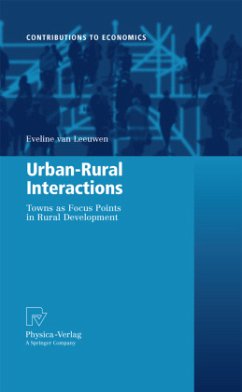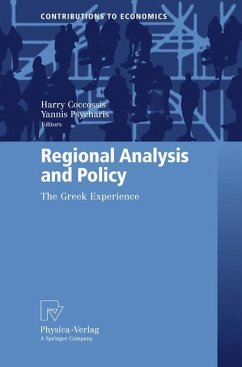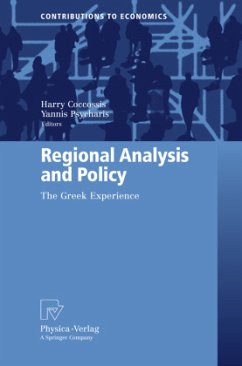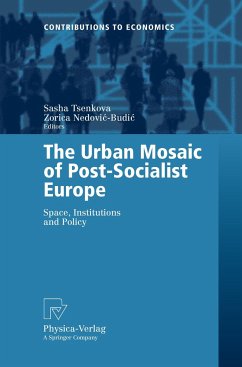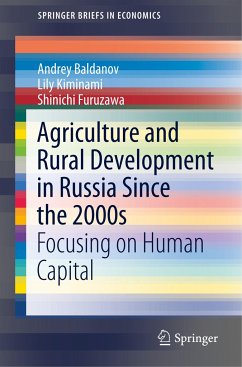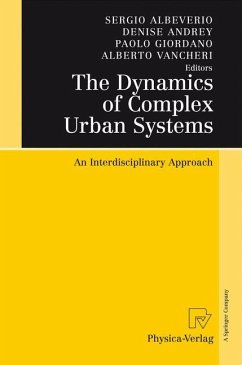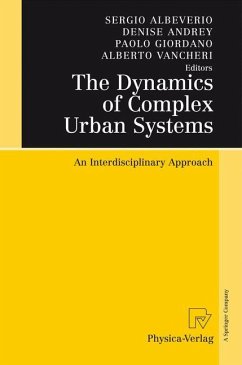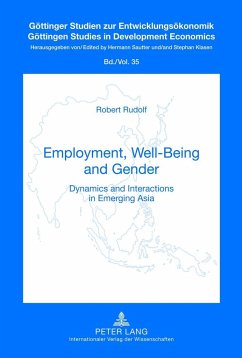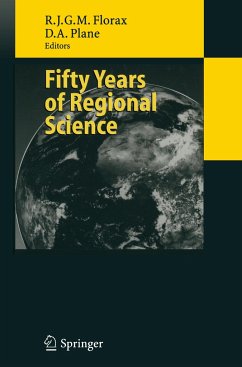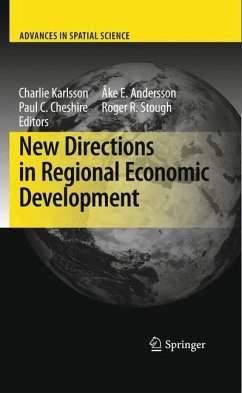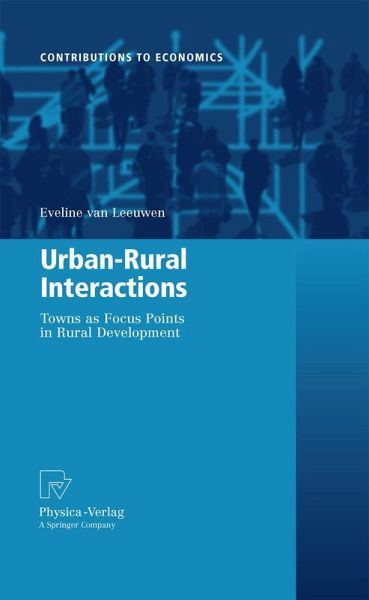
Urban-Rural Interactions
Towns as Focus Points in Rural Development
Versandkostenfrei!
Versandfertig in 6-10 Tagen
76,99 €
inkl. MwSt.
Weitere Ausgaben:

PAYBACK Punkte
38 °P sammeln!
Modern Europe has rural roots. Even today, as much as 90 per cent of Europe (EU25) consists of rural areas in which half of the population lives. While different rural areas often face different challenges, the shift from agricultural production towards a multifunctional landscape and the increasing value assigned to environmental values affect all rural areas.The ambition to develop a more diversified rural economy, as well as the bottom-up approach and local focus of many rural policies, require a clear knowledge of the current socio-economic function of towns and town-hinterland linkages. T...
Modern Europe has rural roots. Even today, as much as 90 per cent of Europe (EU25) consists of rural areas in which half of the population lives. While different rural areas often face different challenges, the shift from agricultural production towards a multifunctional landscape and the increasing value assigned to environmental values affect all rural areas.
The ambition to develop a more diversified rural economy, as well as the bottom-up approach and local focus of many rural policies, require a clear knowledge of the current socio-economic function of towns and town-hinterland linkages. Therefore, the aim of this study is to contribute to the understanding of the current function of towns in Europe in general and in the Netherlands more specifically. By using both micro- and macro-approaches, the multifaceted relationships between town-hinterland and the rural economy are explored at different spatial levels and for different actors, in particular for households,farms and firms.
The ambition to develop a more diversified rural economy, as well as the bottom-up approach and local focus of many rural policies, require a clear knowledge of the current socio-economic function of towns and town-hinterland linkages. Therefore, the aim of this study is to contribute to the understanding of the current function of towns in Europe in general and in the Netherlands more specifically. By using both micro- and macro-approaches, the multifaceted relationships between town-hinterland and the rural economy are explored at different spatial levels and for different actors, in particular for households,farms and firms.





